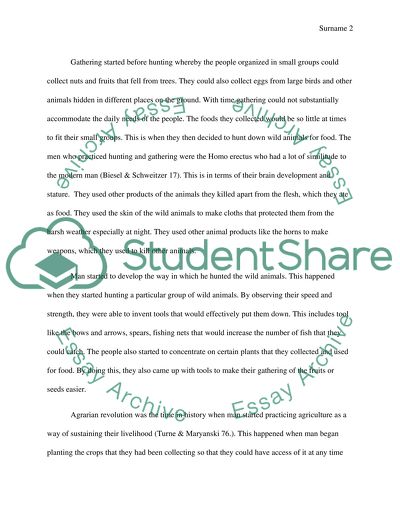Cite this document
(“Western Civilazation. The Agrarian Revolution Essay”, n.d.)
Western Civilazation. The Agrarian Revolution Essay. Retrieved from https://studentshare.org/history/1448183-western-civilazation
Western Civilazation. The Agrarian Revolution Essay. Retrieved from https://studentshare.org/history/1448183-western-civilazation
(Western Civilazation. The Agrarian Revolution Essay)
Western Civilazation. The Agrarian Revolution Essay. https://studentshare.org/history/1448183-western-civilazation.
Western Civilazation. The Agrarian Revolution Essay. https://studentshare.org/history/1448183-western-civilazation.
“Western Civilazation. The Agrarian Revolution Essay”, n.d. https://studentshare.org/history/1448183-western-civilazation.


